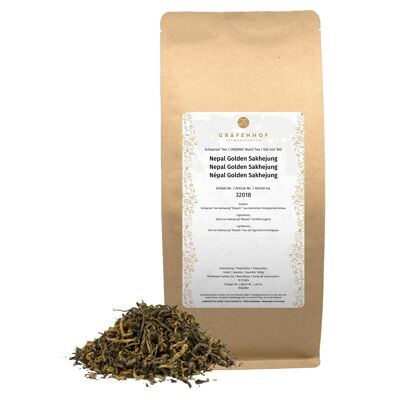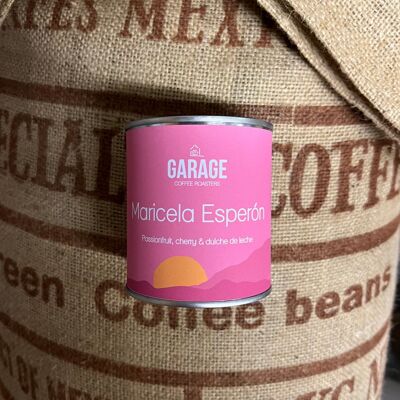

Kanjathi AA, Kenya
Tasting Notes Roast Level: Light Process: Washed Varietal: Ruiru 11, SL28, SL34 Roaster's Notes: A seriously tasty cup. Lots of big fruit flavours going on with pear drops, mandarin and cola being the most notable, but every sip delivers something new. Farm Info Producer/Mill: Kanjathi Factory Region: Murang’a County Altitude: 1,500 - 1,700 metres Background Information With nearly 700,000 coffee producers, roughly 70% of which are smallholder producers, Kenya shines as a unique coffee-producing country in East Africa. Within the Murang’a County along the slopes of the Aberdare Range is the Kanjathi Factory, or wet mill. 1,300 smallholders in this region contribute coffee cherries to this mill and belong to the Kangiri Cooperative Society. The Cooperative was established in the early 1960s, and works with a number of Factories, including Kanjathi, to provide better opportunities to smallholder producers. The Murang’a County is known for its agriculture, and in addition to coffee, locals may also grow tea, maize, and beans whilst also fishing, maintaining livestock for milk and hives for honey. With varying altitudes ranging from 1,500 to 1,700 meters above sea level, this region is defined by its bright red soils, full of rich nutrients for coffee trees. The high altitudes allow for ideal temperatures and rainfall for the slow maturation of coffee cherries. Smallholders in this region grow coffee on small plots of land and pick the cherries during harvest to deliver to the mill. There are two harvests in the Murang’a County, the main occurring from October - December, and a fly crop harvested between April and July. The coffee trees are carefully monitored and picking ensues only when the cherry is at the ideal level of ripeness. Picking occurs in the morning and buckets of bright red coffee cherries are carried to the mill. As the sun traverses across the sky into the afternoon, the cherries are piled high, as underripe cherries and foreign objects are removed from the gleaming pile. The cherries are then poured into a hopper located just above the pulping station. From here, clean local river water is drawn upwards and directed into the hopper to cover the coffee. This force pushes the cherries down a chute into the pulping house. Here, the outer pulp is removed, and the coffee is moved to a fermentation tank to breakdown the exterior mucilage for 12- 24 hours. Once the fermentation is complete, the coffee is washed and sorted by density until being sent to one final fermentation tank to soak for an additional 24 hours. This step increases the proteins and amino acids in the coffee to help create a more flavourful cup profile. Finally, the coffee is evenly dispersed onto raised tables to dry in the open sun for 2 - 3 weeks. Once completely dried, the coffee is moved to the dry mill to be prepared for export. Varietal Information: Ruiru 11 – Developed by the Coffee Research Institute in the 1960s after the outbreak of Coffee Leaf Rust and Coffee Berry Disease. These trees were not only disease-tolerant, but also high-yielding, producing cherries just after 1.5 years. SL 28 – Scott Agricultural Laboratories created this varietal in 1931 to combat the stresses caused by drought in Kenya incurred by coffee producers. With deep roots, this varietal was better able to locate moisture in the water table and more resistant to periods of low precipitation. SL 34 – Scott Agricultural Laboratories developed this varietal from the French Bourbon in the late 1930s in Kenya. Also, a drought tolerant varietal, the SL 34 additionally produced larger cherries with a shorter growing period
Garage Coffee store also offers


Maypole, Mexico/Uganda

Magdalena Decaf, Colombia

Dos Rios, Guatemala

Finca San Lorenzo, Guatemala

Midnight Flyer, Uganda
Products you may like
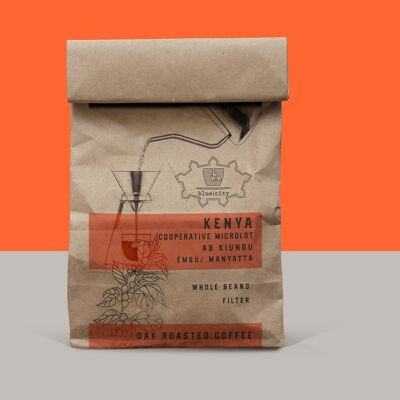
Kenya AB Kiungu #105
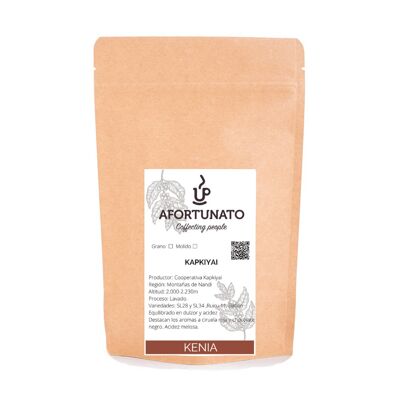
Kapkiyai Cafe, Kenya
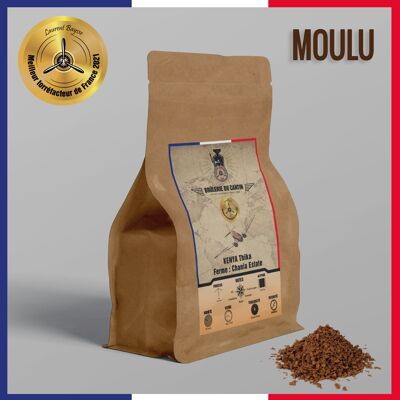
Kenya Central Province Thika Moulu - 39.80€ / 1kg
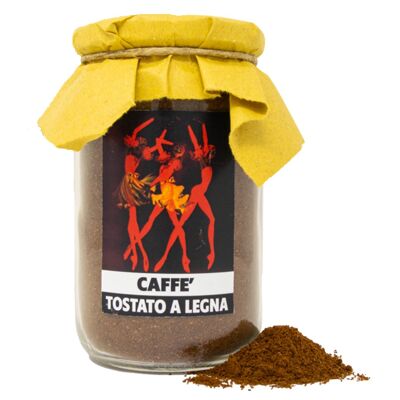
WET N ° 10 Kenya Masai Top Quality AA ground moka

KAMVARA EMBU COFFEE KENYA
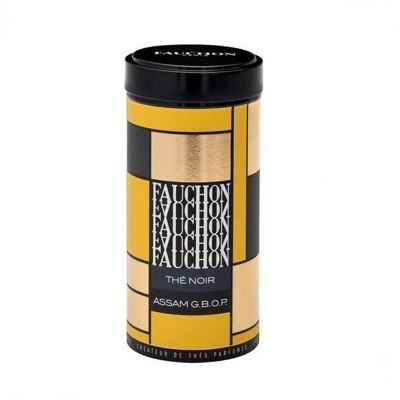
ASSAM G.B.O.P.
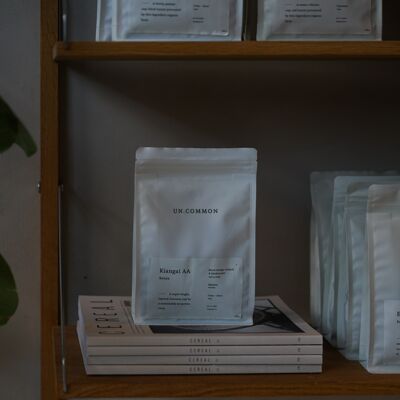
Kiangai AA - Kenya - 1kg - Espresso
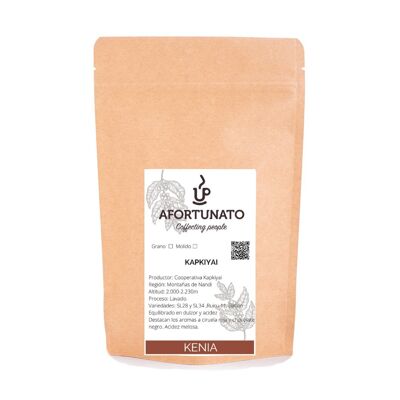
Kapkiyai Cafe, Kenya

Kenya Maasai Ground
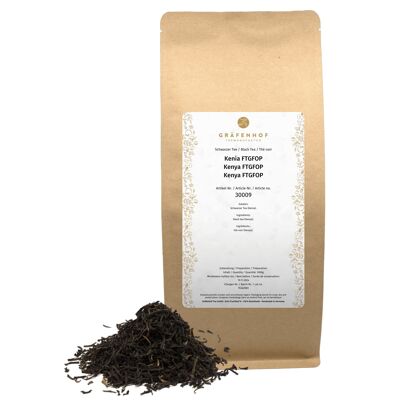
Kenya FTGFOP
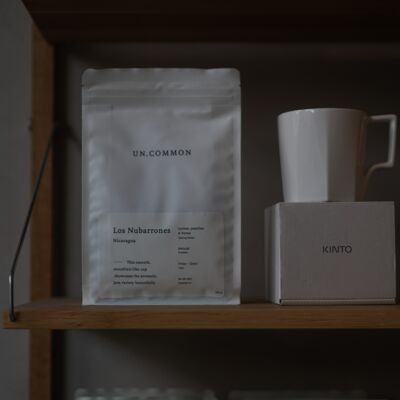
Kiangai AA - Kenya - 1kg - Pour Over
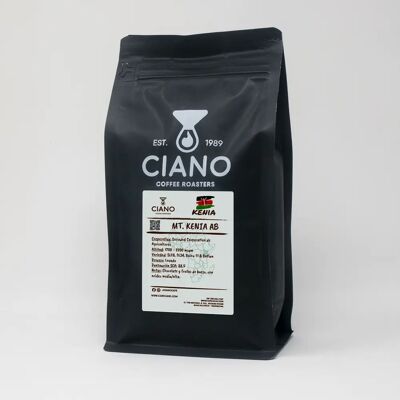
Coffee MT. Kenya AB
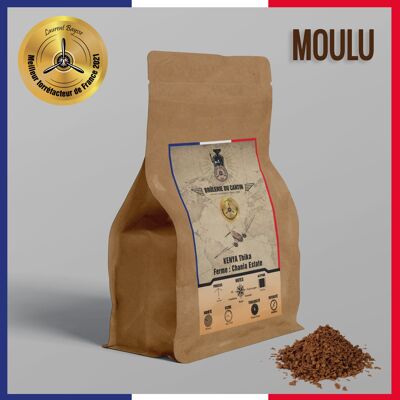
Kenya Central Province Thika Ground - 9,95€ / 250g
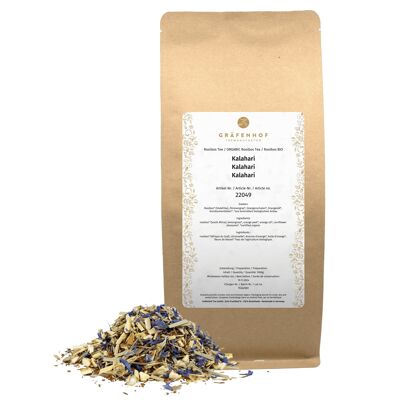
Kalahari
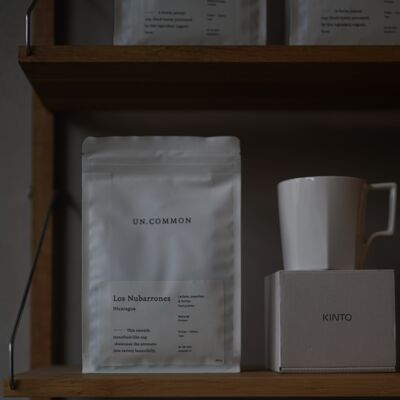
Kiangai AA - Kenya - 1kg - French Press
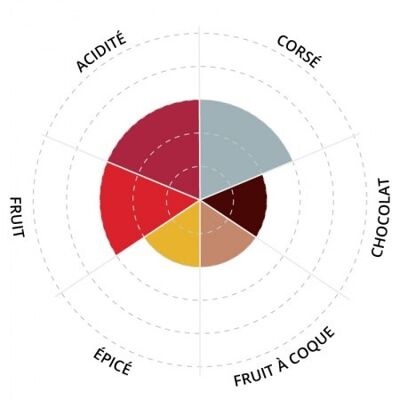
Coffee Kenya JOHN MICHUKI
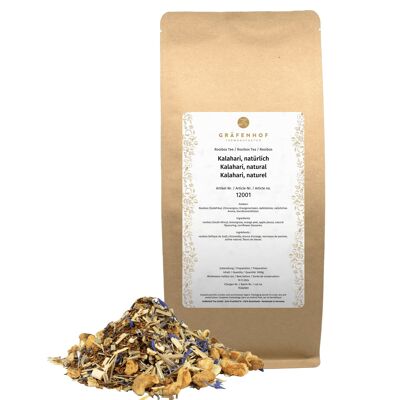
Kalahari, of course
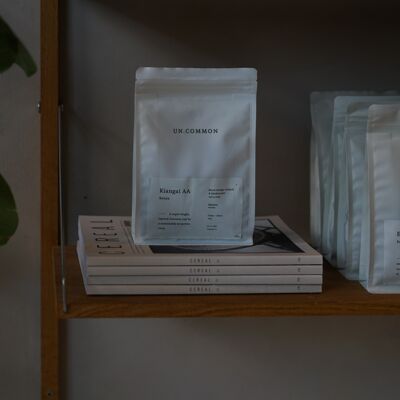
Kiangai AA - Kenya - 1kg - Aero Press
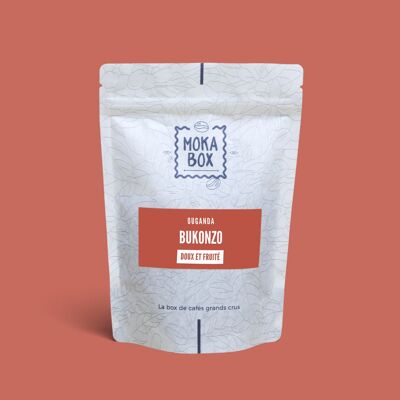
Uganda - Bukonzo
